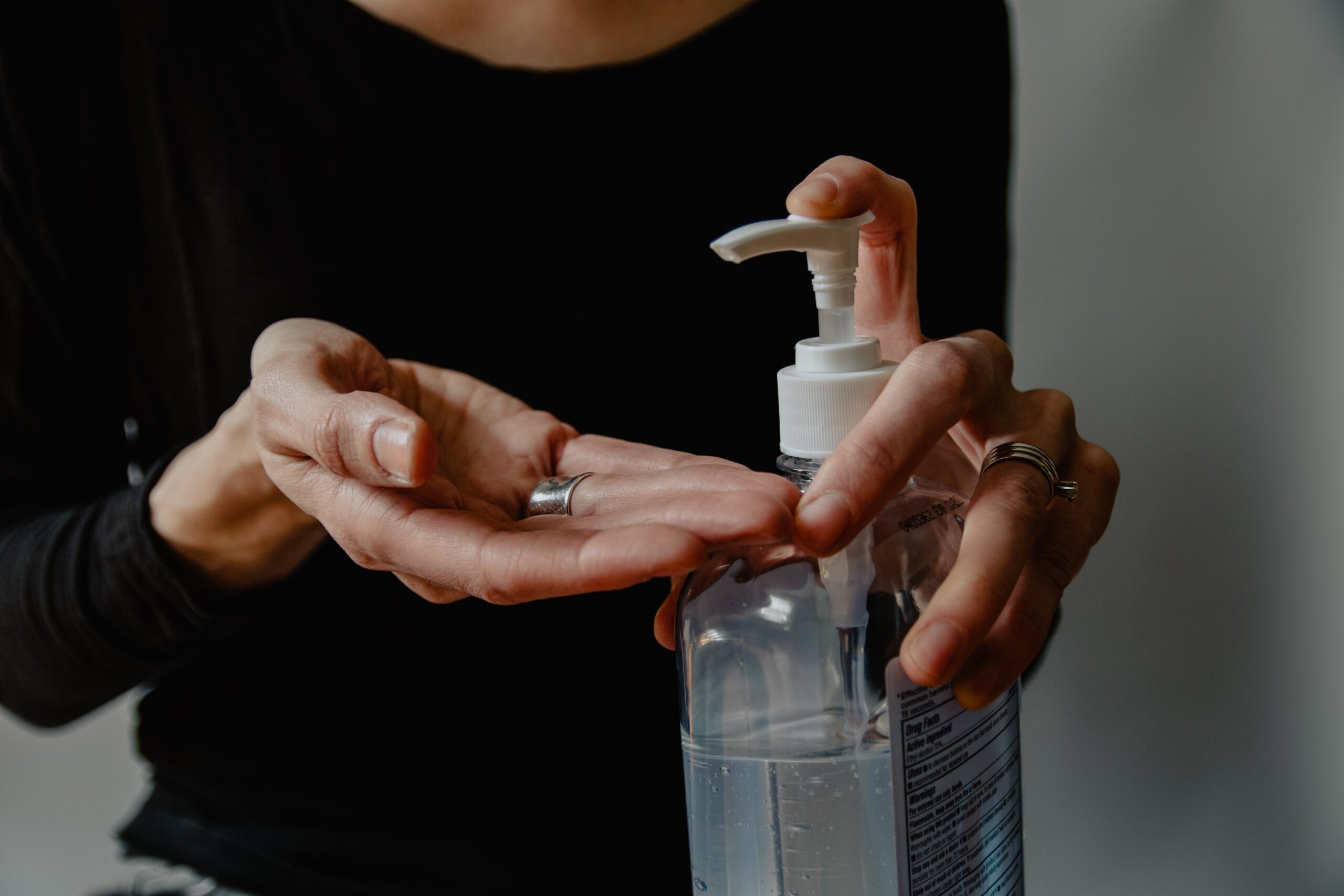
Effects of COVID-19 on Skin
There are two types of skin issues associated with the novel coronavirus: how the disease affects the skin, and additional skin irritations incurred while trying to avoid it.
Our board-certified dermatologists want to bring you up to date on the first, and tell you the best ways to avoid the second.
Skin speaks volumes
As we’ve noted in the past, the overall health of your body is often apparent first on your skin. If you’re not eating a nourishing diet, it will show up on your skin. If you’re not getting enough sleep, experiencing chronic stress, or getting too much sun, these poor health habits will be apparent no matter how much makeup you wear.
Illnesses, too, are sometimes readily visible first on the skin. The yellowish tone of jaundice—indicating liver issues—is one of the most noted examples.
It should not be surprising, therefore, that early indications of infection with SARS-CoV-2 may appear first on the skin.
You may have heard of so-called “frostbite toes” or “COVID toes” as a possible symptom of the coronavirus. These are purple lesions appearing on the toes and fingers of those infected. They’re typically accompanied by swelling and pain, as well as purple rashes on the arms, legs, and buttocks caused by inflamed blood vessels.
These skin conditions were noted as far back as April. Some researchers still doubt a connection between the coronavirus and the myriad skin symptoms that have been reported. Nor does the Centers for Disease Control and Prevention (CDC) list skin conditions as a COVID-19-related symptom.
Emerging Evidence
Several recent studies, however, have strengthened the connection between skin eruptions and COVID-19 infection. One British study found the SARS-COV-2 virus in the cells of the blood vessel walls on the toes.
Andrew Chan, a professor of immunology and infectious disease at the Harvard T.H. Chan School of Public Health, co-founded the COVID Symptom Study app to better understand the virus. Reports received by the app indicate 17 percent of 11,546 COVID-19-positive respondents stated a rash was their first symptom. Of those respondents, 21 percent said a rash was their only symptom.
Types of rashes reported include those with hives and widespread body rashes, sometimes including blisters.
“Even though skin rashes may not be that common in COVID[-19], the fact that they do arise, the fact that they may be a more specific sign, highlight how important it is to really assess the prevalence and how predictive they are,” Chan told Vox late last month. The American Academy of Dermatology has an ongoing COVID-19 registry to report skin findings from cases throughout the world.
Cleaning-related skin damage
It’s important to practice good hygiene to keep the coronavirus at bay. However, the necessary frequent hand washing and sanitizing around the home leads to an increase in dermatitis flare ups even for those without sensitive skin.
In recent months, some of our patients have been reporting dry, itchy, flaky, red or irritated skin as a result of all the cleaning they’ve been doing.
One reason may be the types of cleaning products they’re using. These could be too harsh when in frequent contact with skin. If you suspect this is the case, either switch to a less irritating product or use gloves whenever possible.
The other reason for irritated skin is—while it is absolutely crucial to wash the hands frequently to prevent contracting the coronavirus—the practice tends to strip natural oils from the top layer of skin. The solution is to use mild, gentle soaps with a minimum of fragrance and a non-alcohol-based moisturizer immediately after washing.
In addition, do not use hot water. This tends to strip the oils even further. The virus is susceptible to any type of soap-this loosens it from the skin. And it’s vulnerable to any temperature of water, which rinses it away.
Finally, when using hand sanitizer, always use one that contains a moisturizer such as aloe.
If these tips don’t help, or you notice your skin is flaky, red, cracked, or itchy, or you notice any unusual signs of skin inflammation as mentioned above, please contact us for guidance.

